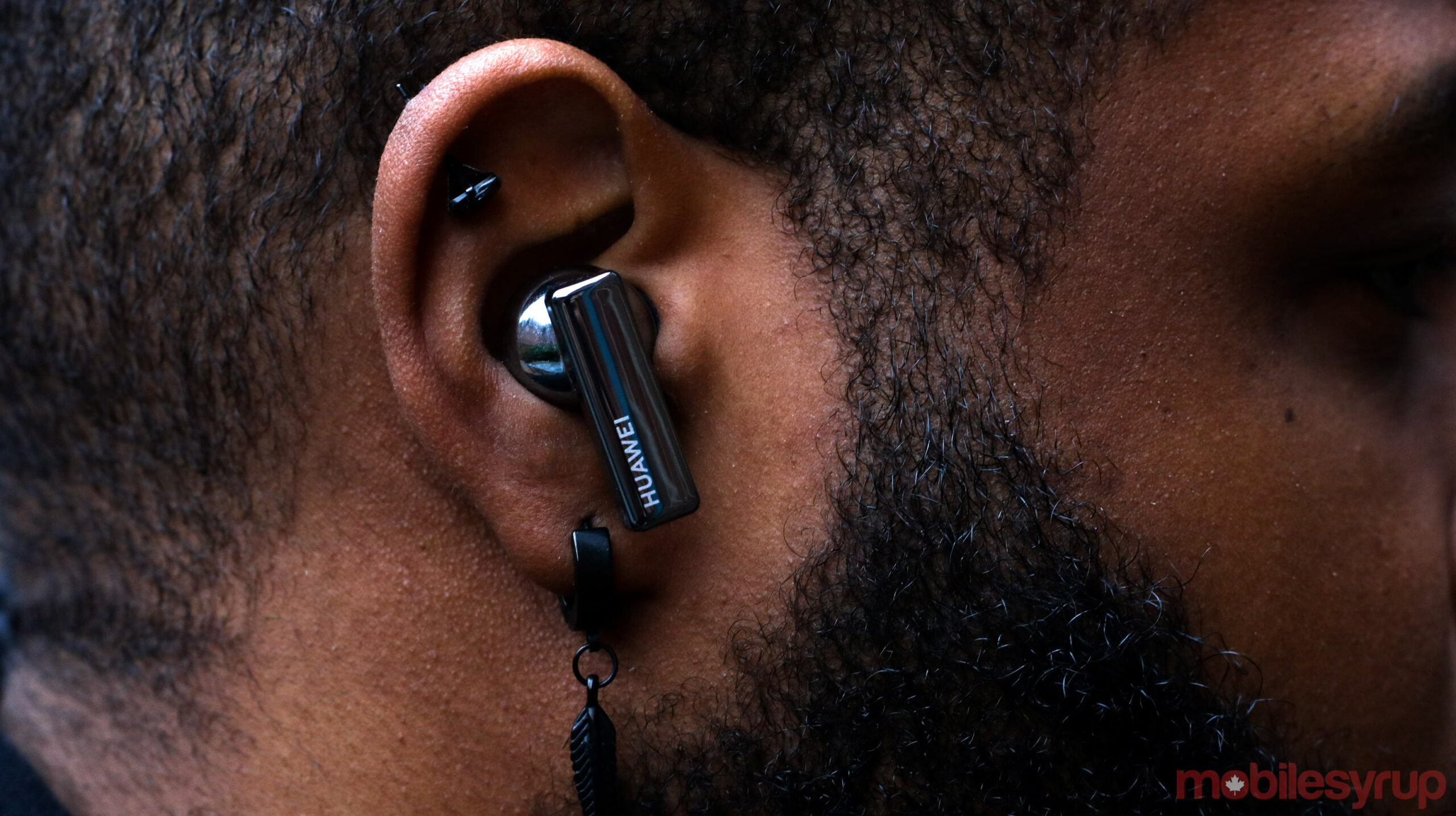
In only a few years, Huawei has become a popular, well-known brand worldwide, especially in Canada.
While the company’s focus in Canada has mostly been smartphones, it’s brought a wider assortment of tech north in the past year. This includes laptops, smartwatches, wireless earbuds and even a Wi-Fi router.
Earlier this year, Huawei launched the FreeBuds 3 true wireless earbuds, and now it’s stepping up its earbud game with the FreeBuds Pro.
These new earbuds are comfortable, sound great and include top-of-the-line noise-cancellation. Huawei’s FreeBuds Pro cost $268, which puts them in competition with earbuds like Apple’s AirPods Pro, Samsung’s Galaxy Live Buds, and Google’s Pixel Buds (2020).
Surprisingly premium design
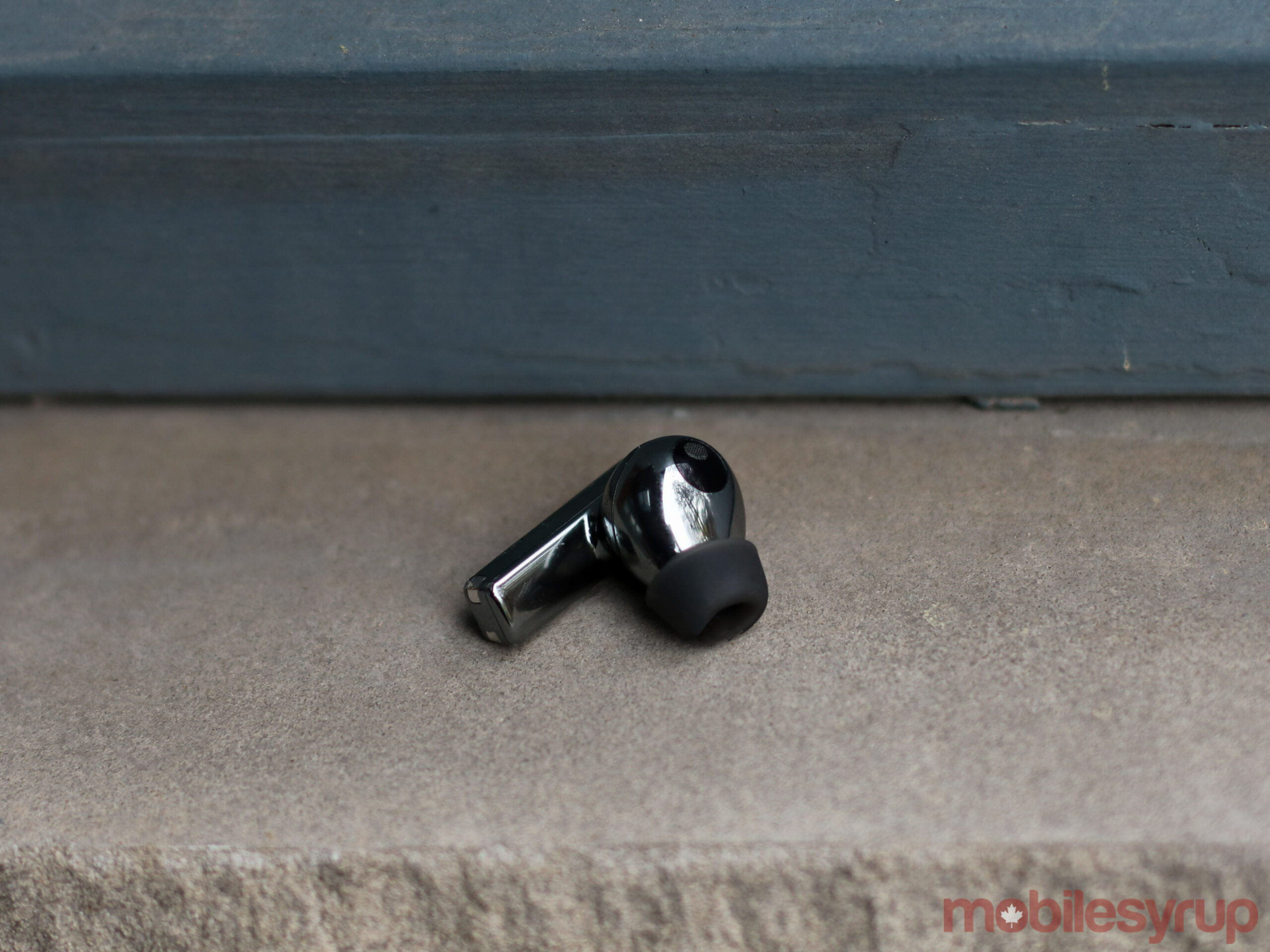
The FreeBuds Pro are available in ‘Frosted Silver,’ and both look and feel very premium and solid. They’re also available in ‘Ceramic White’ and ‘Carbon Black.’
I like the design of the Huawei FreeBuds Pro, though it isn’t my absolute favourite. The bean-shaped Galaxy Buds Live take that prize as far as I’m concerned. However, while the FreeBuds Pro ergonomic shape and design might look a bit bulbous, it feels great in your ears.
I found that even while walking or biking around the city, I rarely worried about either earbud falling out. It still happened once or twice, but this is still a lot better than my experience with other wireless earbuds.
The FreeBuds Pro aren’t the most comfortable of truly wireless earbuds I’ve tried. Samsung’s Galaxy Buds Live somehow win with their odd bean-shape, but the FreeBuds Pro are definitely superior in terms of comfort compared to the Pixel Buds (2020).
I can wear FreeBuds Pro for an hour-long subway ride with no issue, but having them in my ears for an entire workday isn’t as doable. The comfort problem likely relates to the FreeBuds Pro’s large head and heavy weight, but wearing them for half a day and taking a break while you eat lunch, and then putting them back on, isn’t too bad.
In comparison, I’m not able to keep Google’s Pixel Buds in my ear for any longer than an hour, and in contrast, I can wear the Galaxy Buds Live in my ears all day and often forget they’re there.
The FreeBuds Pro weigh 6.1g, which makes them heavier than the Buds Live, AirPods Pro and Pixel Buds. While I’ve never used the AirPods Pro, the slight weight difference is noticeable compared to the Pixel Buds and Galaxy Buds Live, but it’s not by any means bad. That said, if you’re looking for the lightest wireless earbuds around, the FreeBuds Pro aren’t for you. If you’re okay with a bit of extra weight, Huawei’s new wireless earbuds make up for this shortcoming in other ways.
Impressive sound quality
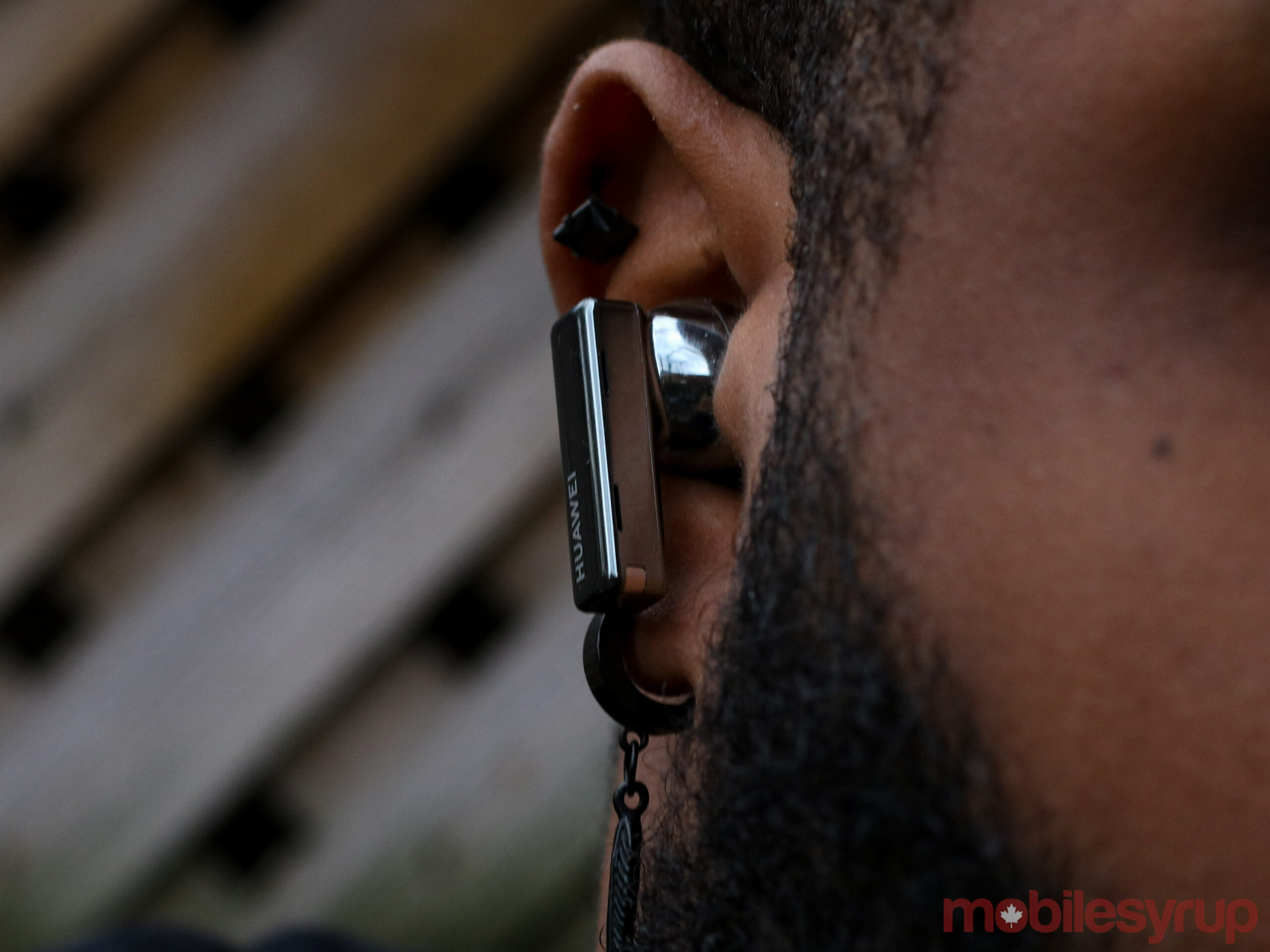
Having comfortable wireless earbuds isn’t everything.
The FreeBuds Pro feature 11mm ultra-magnetic dynamic drivers, and using them to listen to podcasts, YouTube videos and music is impressive.
I found the earbuds’ bass impactful, weighty and full-bodied. With that in mind, playing music with a heavy bass too loudly causes the FreeBuds Pro to make a reverberating sound, but this doesn’t happen often. For the most part, the FreeBuds Pro are great when it comes to bass. The earbuds also sport dynamic equalization using the mics on the earbuds.
They analyze the environment and try to optimize the listening experience. I find this changes the listening experience a bit. It seemed to me that there were slight differences when I was outside walking outside compared to when I was at home. For example, the bass seemed a bit punchier outside. With active noise-cancellation, the sound becomes a bit artificial, but it’s comparable, if not better, than the Samsung Galaxy Buds Live. I thought Sony’s WF100XM3s produced more articulate and sounds, but then I wouldn’t suggest using those earbuds due to their bulky design.
Huawei’s FreeBud Pro offers 40dB of noise reduction, and for the most part, the earbuds are really good at getting rid of outside sound.
I’ve put them on while watching TV, and the earbuds completely removed the TV’s sound. I even have to take them out at the supermarket to speak to the cashiers — there’s a voice mode so I can better hear people around me available, but I like to block out as much sound as possible. They also significantly reduce the sound of a busy city like Toronto.
That said, noise-reduction doesn’t block out sounds like me opening my sliding door or snapping my finger. Generally, noise-cancelling seems to ignore the higher frequencies of soundwaves and blocks out the lower ones.
Pinch gestures
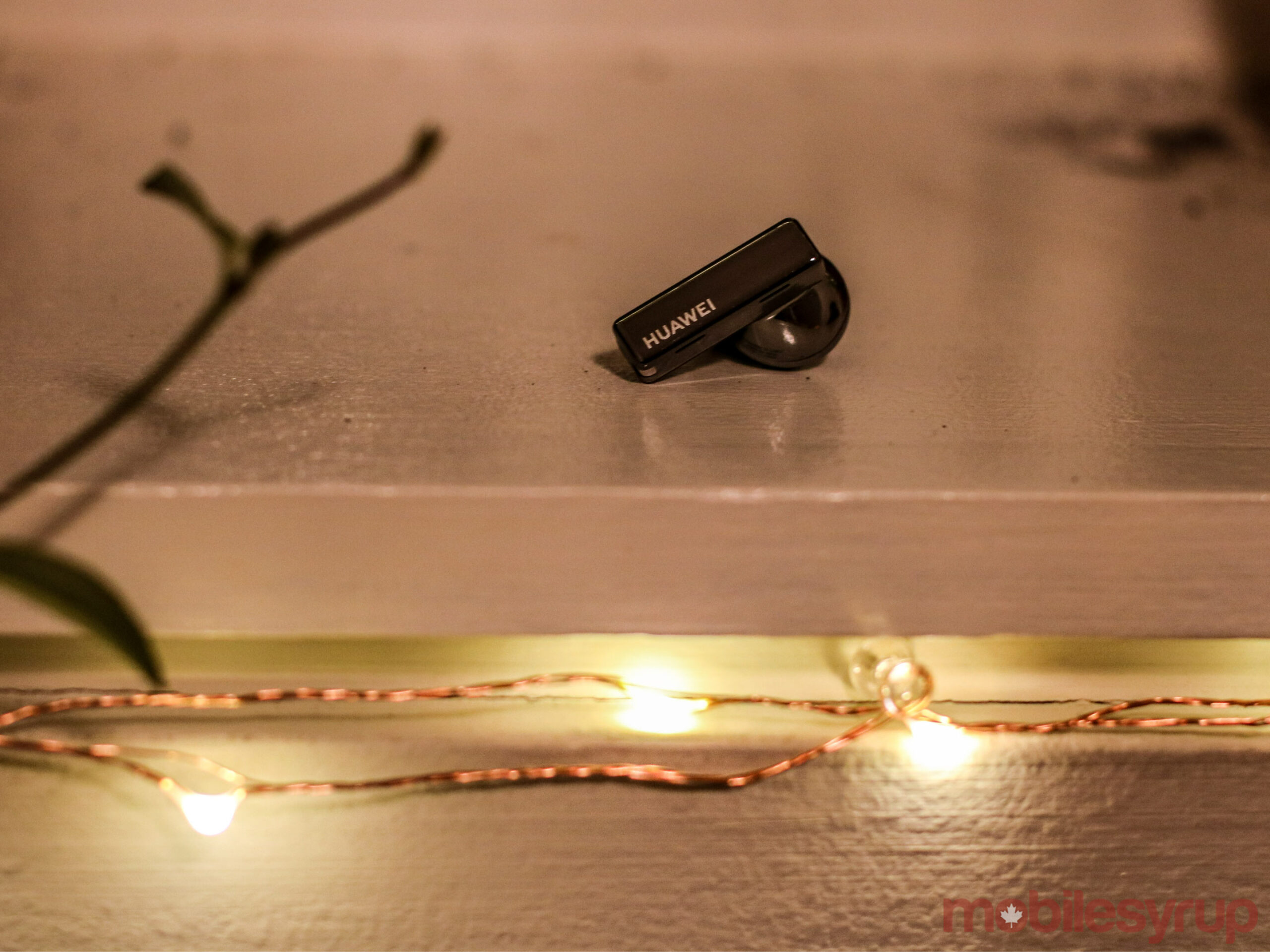
I found all of the on-earbud controls available with the Huawei FreeBuds Pro were quite intuitive. You can do things like lower and raise the volume, pause music, change the degree of noise-cancelling, skip tracks and more.
In fact, you can do so much with gesture controls that I often had to refer back to the app. It’s worth noting that I really liked the AirPods Pro-like pinching gesture, compared to just tapping on an earbud like with other wireless earbuds.
- Below is a quick list of the FreeBuds Pro gestures:
Pinch the sides of the earbuds once to answer or end calls and play or pause music. - Pinch twice to reject a call or skip tracks
- Pinch thrice to go back to the previous song
- Pinch and hold for noise control
- Swipe up and down to adjust the volume.
The Galaxy Buds Live and AirPods Pro also offer several controls and even a way to activate digital assistants like Siri and Bixby. Unfortunately, the FreeBuds Pro don’t feature a way to connect to Huawei’s Celia or other voice assistants.
Battery and support
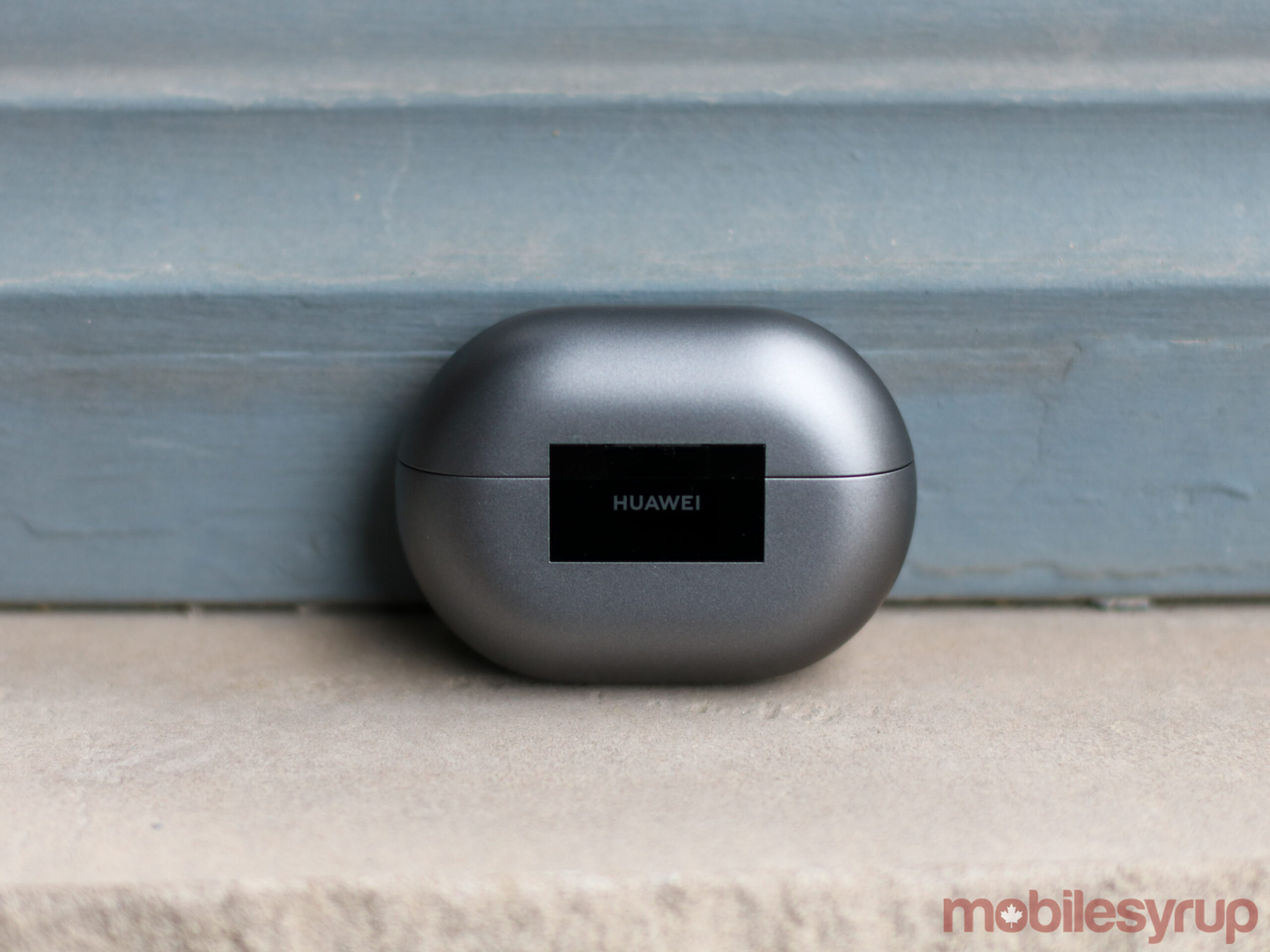
I get about six hours of battery life per charge without the case and with noise-cancelling turned on. Huawei says that you can get 30 hours of battery life with the case, and this estimate seems correct. Trying to calculate it myself, I can get a bit over 30 hours of battery life with the case. The earbuds themselves charge from zero to 100 percent in less than 30 minutes as well.
The worst part about the Huawei FreeBuds Pro are how they’re supported. The FreeBuds Pro are pretty easy to connect to your smartphone — hold the only button on the case and start the pairing process. In a few moments, you’re connected to your handset. Where the problem lies is in using the FreeBuds Pro with their app.
I had to download the AI Life app from Huawei’s own version of the Play Store, called the AppGallery. To do this, I needed to download the AppGallery from Huawei’s website. This means your smartphone will ask if you want to download from an unknown source. After permitting and downloading the AppGallery, you can then download the AI app, do a couple of updates, and it’ll then work with your Huawei FreeBuds Pro. The AI Life app is on Google’s Play Store, but when downloading this version of the app, it didn’t support the FreeBuds Pro, unfortunately.
This process is incredibly annoying for someone using a non-Huawei handset. Huawei phone users will have no problem as the AppGallery is already available on your device. You just download the AI Life app and connect it to your Huawei Pro FreeBuds. There’s also a QR code at the back of the box, which customers can use to download the up-to-date AI Life app, but this process didn’t work for me.
On the other hand, iOS users won’t be able to download the AI Life app and will be forced to use the FreeBuds in a limited capacity. Huawei says that it’s currently in the progress of making an iOS version of the app.
Without the AI app, users will lose access to three versions of noise-cancelling and software updates.
Decent pair of earbuds
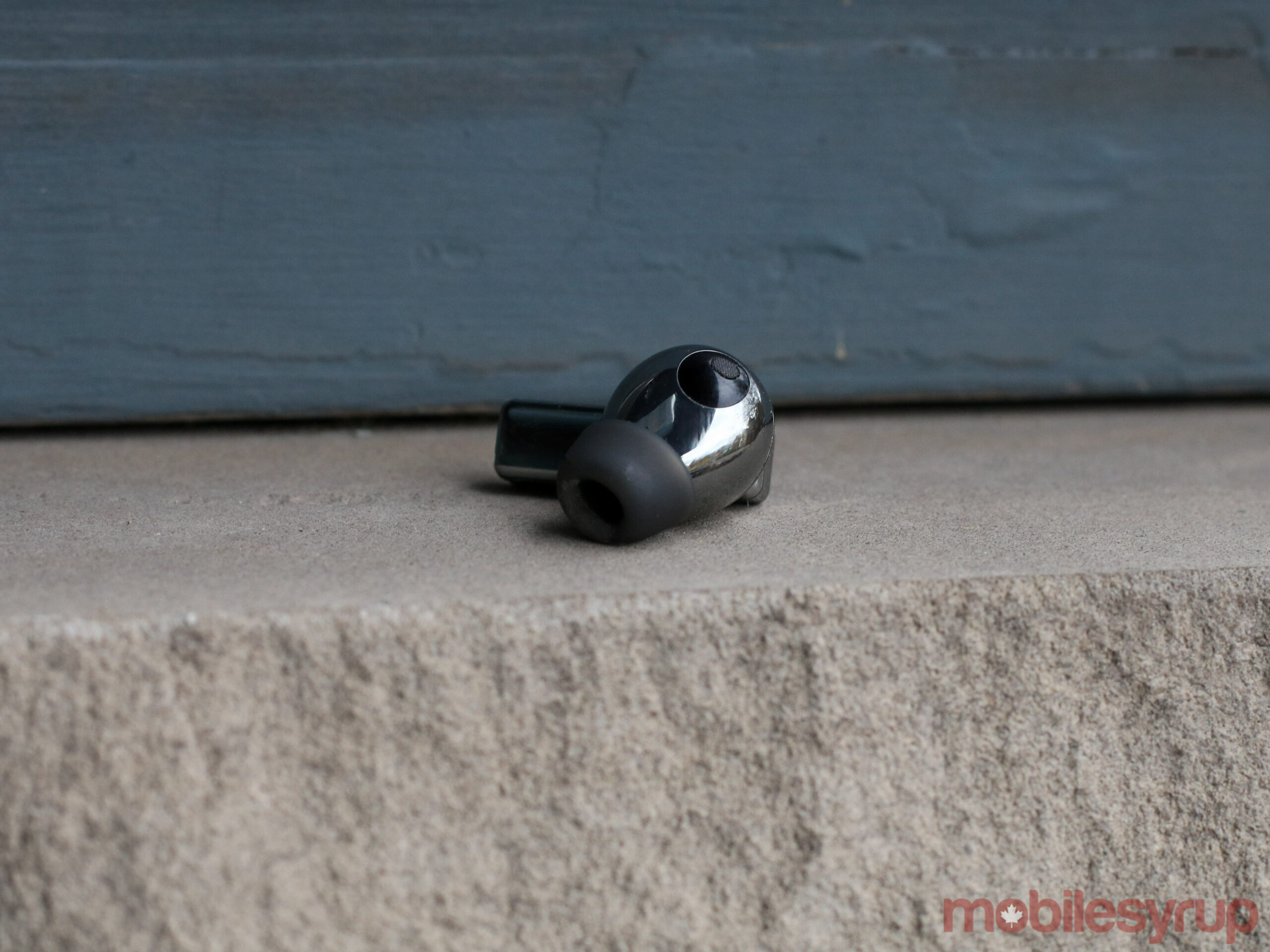
After using the Pixel Buds for a few weeks, moving to the more comfortable FreeBuds Pro has been a delight thanks to their noise-cancelling and great sound quality. While the FreeBuds Pro offer some of the best noise-cancellation functionality I’ve ever encountered in a pair of wireless earbuds, their fit isn’t as nice as the Galaxy Buds Live and their sound quality doesn’t match up to Sony’s WFH100XM3s.
Further, if you’re someone who just wants easy-to-use earbuds, the Pixel Buds don’t require any extra apps, and as soon as you open their case, they’re ready to pair. I found the hassle with downloading the supported apps for the FreeBuds Pro to be a pain. However, if you’re using a Huawei smartphone, this shouldn’t be an issue.
Overall, I liked the FreeBuds Pro; they feel premium and come with high-end specifications, but these earbuds aren’t for everyone.
Update: 17/11/2020: Huawei says that it’s currently in the progress of making an iOS version of the app. I also noted there’s QR code that users can use to download the AI Life app at the back of the box, although that functionality didn’t work for me.
MobileSyrup may earn a commission from purchases made via our links, which helps fund the journalism we provide free on our website. These links do not influence our editorial content. Support us here.


